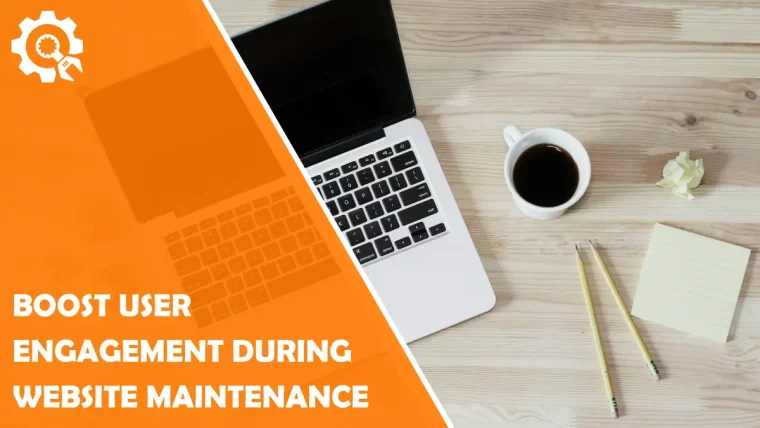Website maintenance is a necessary part of running a successful online platform. However, it can also lead to user frustration if not managed properly. Engaging visitors during downtime can keep them connected to your brand, ensuring they return when your site is back online. Here are some top web design tips to boost user engagement while your site undergoes maintenance.
1. Provide Relevant Content to Retain Visitors
Even when your website is under maintenance, you can still offer value to your audience. Instead of displaying a basic “Under Construction” notice, provide content that keeps users interested. For instance, if your site focuses on sports, you can offer dynamic content related to upcoming events or sports betting updates. A good example is offering real-time NFL prop bet odds for users to browse while waiting for your site to go live. This strategy turns downtime into an opportunity to keep users engaged with valuable content.
2. Integrate a Clear Timeline
When visitors land on your maintenance page, they want to know how long the downtime will last. Including a countdown timer or a clear expected return time gives them the information they need, reducing frustration. If the downtime will extend for a longer period, consider setting up email or SMS notifications to keep your users updated on the progress and website relaunch. This extra communication adds a layer of transparency that users appreciate.
3. Offer Ways to Stay Connected
One of the best ways to keep users engaged during website downtime is by offering them alternative ways to interact with your brand. A great option is providing links to your social media channels or email subscription forms. This keeps the conversation going and allows you to inform users about when your website is back online. An email opt-in form can even turn downtime into an opportunity to grow your audience. Offering an incentive, such as exclusive content or a discount for subscribing, can also help increase engagement.
4. Keep Your Brand Identity Consistent
Your maintenance page should still represent your brand even if your site is offline. Using consistent branding elements—such as your logo, fonts, and color scheme—helps maintain brand recognition. Additionally, including a welcoming message or relevant information about your business helps reassure users that they are in the right place. Consistent branding keeps your visitors feeling connected and increases the likelihood of their return.
5. Focus on User Experience (UX)
Just because your site is under maintenance doesn’t mean you should neglect user experience (UX). A well-designed maintenance page should be easy to navigate and mobile-friendly, considering that a large portion of users may visit your site from their phones. A clutter-free, minimalist design paired with concise messaging reduces confusion and improves user satisfaction. Users will appreciate the effort you put into making their experience smooth, even when your site is temporarily down.
6. Encourage Interaction
Interactive elements can make your maintenance page more engaging. For example, you can include a poll or survey asking users what features they would like to see when your site is relaunched. If your site deals with sports content or services, you can embed a Facebook feed on your website to display the latest updates, or showcase an interactive quiz or blog post discussing popular topics. By incorporating these features, users are more likely to stay engaged and return after your website is back up.
7. Prioritize Security During Downtime
When your site is down, security should still be a top priority. Ensure that your maintenance page has an SSL certificate in place, especially if users are submitting personal information like email addresses. Additionally, using plugins that enhance security, such as firewalls or spam blockers, is essential to protect against potential threats. For more tips on securing your website, consider checking out Wordfence’s top security tips for WordPress users. Implementing these steps can safeguard your site and user data, providing peace of mind during maintenance.
8. Test Your Page on Multiple Devices
With the rise in mobile browsing, your maintenance page must be responsive on all devices. Test your page on smartphones, tablets, and desktops to ensure users have a consistent and smooth experience. A responsive maintenance page not only maintains a professional look but also enhances user experience, ensuring users can easily access information regardless of their device.
9. Use the Opportunity to Generate Leads
Website maintenance is an excellent time to focus on lead generation. You can encourage users to sign up for email notifications, follow your social media accounts, or interact with your content. Offering exclusive content, early access, or discounts to those who subscribe during the downtime can convert curious visitors into leads. A simple, engaging maintenance page can become a valuable tool for business growth.
